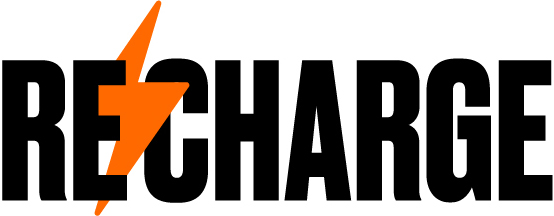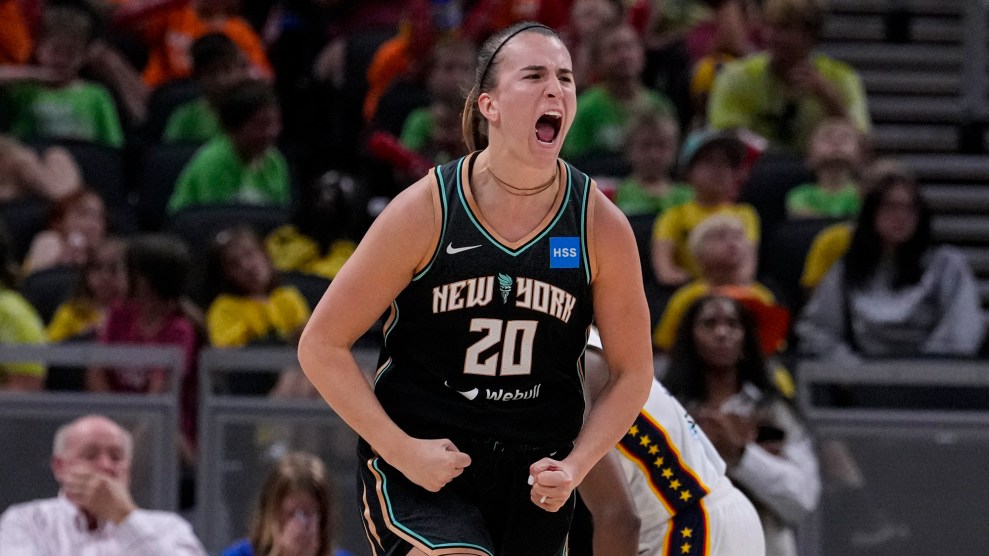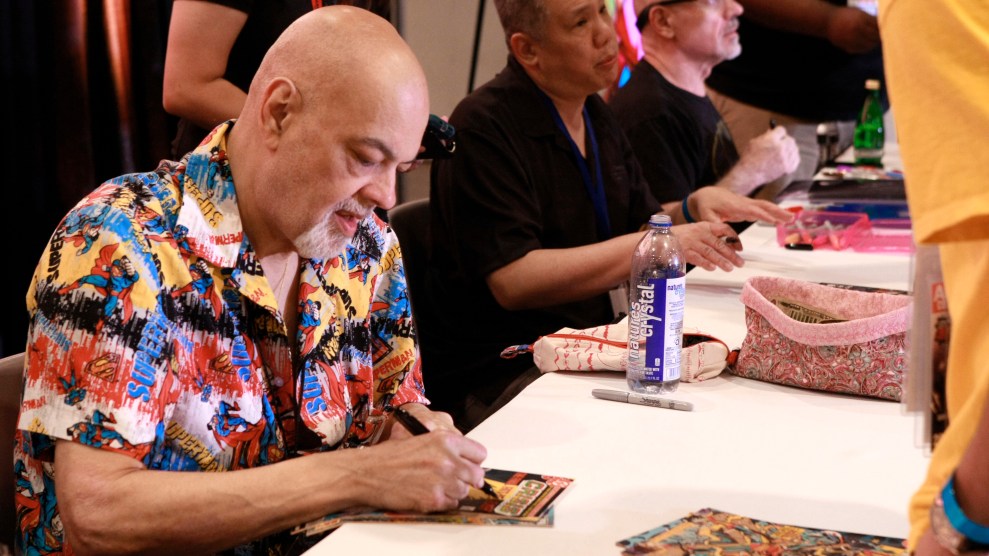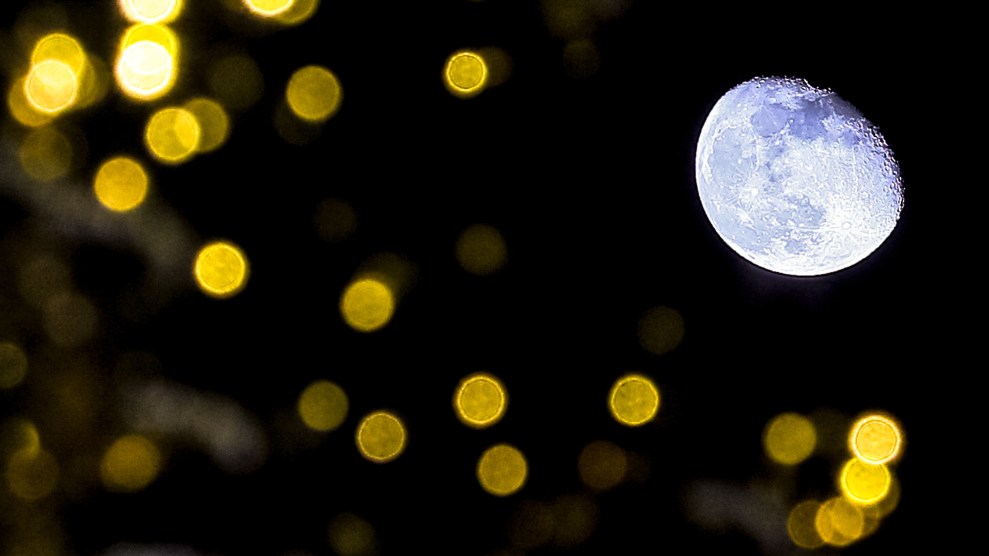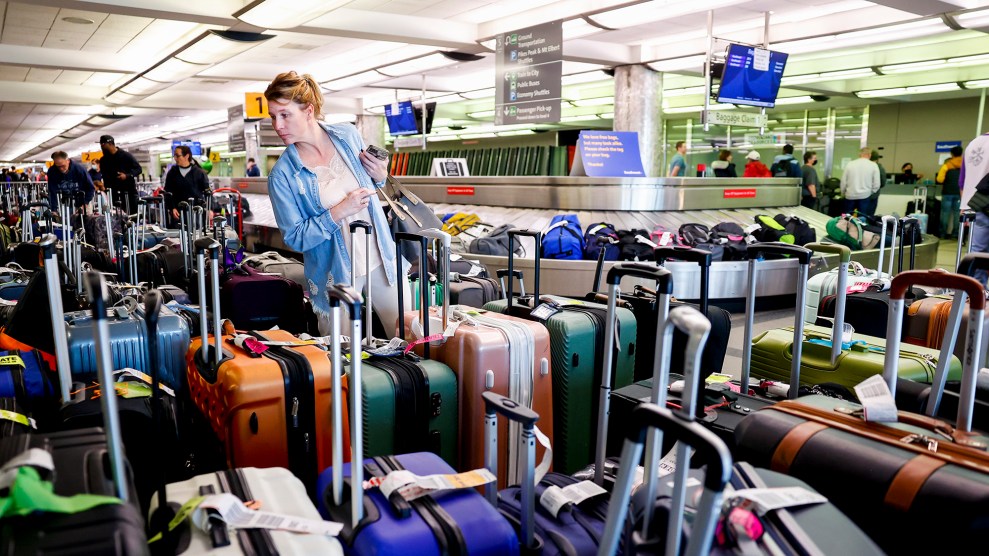There are many dancers for whom dance is their profession and near-singular concentration, who train for hours every day to become world-class athletes, classical artists, or iconoclasts in renowned companies. But there are many more for whom dance is a private and personal form of expression, who will never desire the fame or attain the status of a New York City Ballet prima ballerina, but who find in dance an integral and special part of their lives. They dance for self-exploration and cultivation of local community. And they have unique insight into the cloistered world of professional dance, owing to their access to it.
I’m a dancer of the second kind, and though I’ve practiced jazz, modern, and many other styles, ballet makes my heart sing. Before the pandemic, I’d finish my day’s work at Mother Jones, change into my leotard, tights, and warmups, and hurriedly bike to the studio, arriving just in time for the first plié. I did this three or four times a week, staying for up to three hours each day. Dance was my all-in-one workout, church, therapy, art, and craft—in a different order each time.
My last class was March 13, two days after the pandemic was declared, at Alonzo King’s Lines Ballet Dance Center in San Francisco. I’m sure many dancers remember their last pre-quarantine class vividly, set in memory by the void that followed.
The Bay Area was quick to implement shelter-in-place and strict health protocols, and many studios closed, but they got creative: They tirelessly supported and received support from dancers by offering virtual classes for the first time, made recordings free to stream, held online events—whatever to stay afloat. Eight months later, studios that could survive financially are still adapting. Wherever you live, I guarantee your local studios and companies have found creative solutions.
Until recently, I lived in a tiny one-room apartment with no space to dance, let alone do anything requiring a more-than-2-foot radius. I supported dance studios by buying passes for future classes and found workarounds to compensate for the abrupt drop of my spiritual center. Many groups have pivoted to digital offerings—Alvin Ailey posts prerecorded performances—and for others, the stage itself has moved. It’s no longer confined to a theater, the locations are limitless, and everyone gets the best seat in the house.
Top companies are transcending traditional restraints, as in this San Francisco Ballet performance filmed at outdoor locations with more than 150 tracks recorded remotely by 60-plus musicians. Or in these five works by the New York City Ballet filmed throughout the city. One of them, Water Rite, turns the inside of the Hearst Plaza fountain into a stage. Or in this Paris Opera Ballet offering with a breathtaking view of the city.
If you’re new to ballet or prefer classical story ballets over contemporary works, the full-length recording of the Kirov Ballet’s Swan Lake is magical. It’s a 1990 production, but it doesn’t age (or it ages well) and the caliber of Russian companies is exquisite. Giselle, Don Quixote, and Romeo and Juliet are all online too. And if you love ballet through the music, my top pick is the Mariinsky Orchestra’s version of Swan Lake under the direction of Valery Gergiev—jump to track 13, “Song of the Swans,” or listen to the masterpiece in its entirety.
Beyond ballet, the range of contemporary and hip-hop offerings is expansive. A good place to start is Galen Hooks, who effortlessly plays with contemporary, lyrical, musical theater, and hip-hop themes to create a style of her own. Both Kida the Great and Robert Green are phenomenal (you’ll recognize them from So You Think You Can Dance), and Zoi Tatopoulos’ choreography is unclassifiable.
When the pandemic is over, and lockdowns are loosened, I hope (and plan) to continue watching, listening to, and supporting dance in each new way.
—Cathy Asmus is Mother Jones’ membership initiatives manager. Share your dance stories with her at recharge@motherjones.com.
